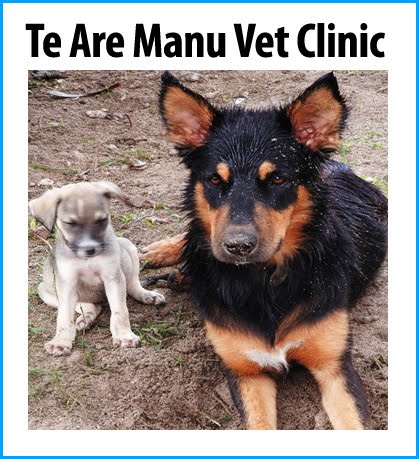Thursday, July 7
Wetlands wildlife - the Aroko saltmarsh
The Aroko saltmarsh once stretched from Avana harbour to the Ngatangiia sports field on Muri lagoon but now all that‘s left is an area of just over two acres.
It’s the most endangered habitat on Rarotonga because of land-filling for development but it’s very important for the environmental health of the lagoon and the island.
Among the wildlife found in the saltmarsh is the koiti raukura – the red-clawed fiddler crab. This is a native crab that feeds on micro-organisms and decaying vegetation and animal matter, thus reducing the pollution of the lagoon. This small area is the only place on Rarotonga where the koiti raukura can still be found. It’s a fascinating little creature and we should treasure it. It’s doing more to protect the lagoon than most of the human inhabitants of the island!
The kuriri – wandering tattler – is a shore bird and the saltmarsh is a rich feeding ground for it. Tattlers actually breed in Alaska or Canada. Like the torea (Pacific plover) they fly south and spend the northern winter here from September to April then head back home for the breeding season from May to August. A few of the juvenile birds, such as this one, remain here as beachcombers and who can blame them. Beachcombing on Rarotonga is a very pleasant pastime!
Kotuku - Pacific reef herons - are common on Rarotonga. You’ll see them along the sea shore during the day all year round. At sundown they fly inland to roost. The dark grey or white birds are the same species. Nobody really knows why there are two different kinds (morphs). As you can see from the video, both colours use the Aroko saltmarsh.
This wetlands area serves as a nursery area for fish and the herons make full use of that.
2011 is the Year of Wetlands in the Cook Islands. Enua mou e vai ora – wetlands for healthy islands.





